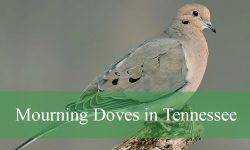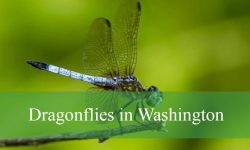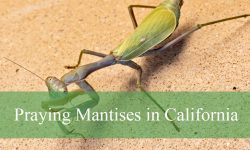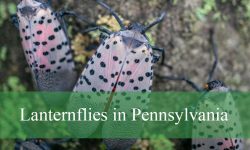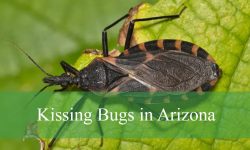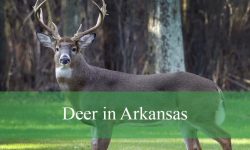Colorado is a land of contrasts, from towering mountains to sprawling wetlands, and it is home to some of the most charming and spirited wrens in North America. These tiny birds may be small in size, but their personalities, songs, and habitats are remarkably diverse.
Imagine standing at the edge of a marsh as the bubbly gurgles of a Marsh Wren fill the air, or hiking a rocky canyon and hearing the haunting “whee-oo” of a Canyon Wren echo off the cliffs. In gardens and forest edges, the lively trills of House Wrens and the melodious notes of Bewick’s Wrens add a soundtrack to Colorado’s natural beauty.
Even the shy Winter Wren, hidden deep within dense coniferous forests, reminds us that some of the most captivating wildlife is often just out of sight, yet unmistakable by sound. This guide will take you through the five most fascinating wrens of Colorado, with detailed descriptions, identification tips, habitats, and their signature songs—perfect for birdwatchers eager to spot and recognize these spirited little birds.
House Wren (Troglodytes aedon)
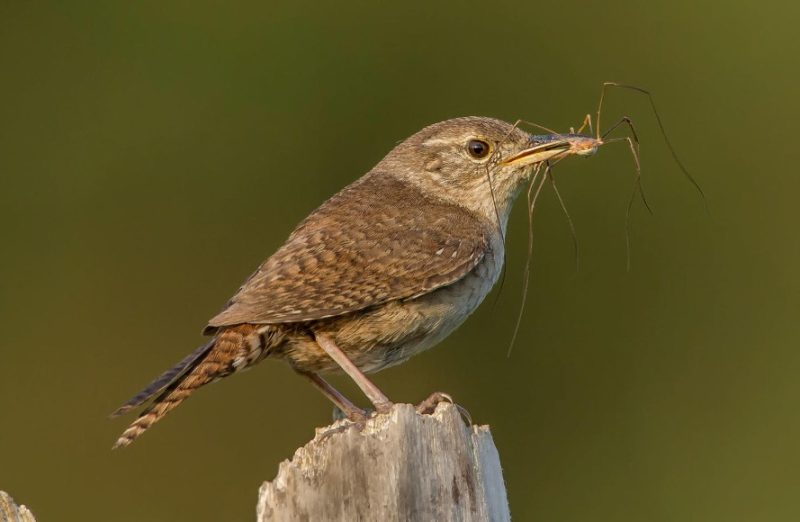
Identification and Appearance
House Wrens are small, lively birds, measuring roughly 4 to 5 inches in length, making them one of the smaller members of the wren family. Their plumage is a warm, earthy brown, with subtle barring across the wings and tail that becomes more noticeable up close. The underparts are a lighter shade of brown, providing a soft contrast to the darker back.
These birds have a slightly curved, slender bill that is perfectly adapted for probing into crevices and foliage to extract insects. Their tail is short and often held upright, giving them a perky appearance. Despite their modest size, House Wrens have an energetic and alert demeanor, constantly moving and exploring their surroundings.
Habitat and Range in Colorado
House Wrens are remarkably adaptable birds and can be found throughout much of Colorado. They occupy a variety of habitats, including open woodlands, forest edges, gardens, and brushy fields. Their flexibility extends to human-altered landscapes, where they frequently thrive in suburban neighborhoods.
In such areas, these wrens make use of birdhouses, fence posts, and natural cavities in trees for nesting. They are particularly drawn to locations that offer both open foraging spaces and protective cover for nesting, allowing them to find food and shelter in close proximity.
Behavior and Song
House Wrens are highly active foragers, constantly hopping and flitting through shrubs, bushes, and low vegetation. Their diet mainly consists of insects, spiders, and other small invertebrates, which they skillfully extract from crevices using their slender bills.
Their song is lively, bubbly, and complex, often described as a cheerful series of trills and warbles. Males typically sing from elevated perches to mark their territory and attract mates. Their vocalizations are persistent, especially during the breeding season, and can often be heard before the birds themselves are seen.
Breeding and Nesting
These wrens are cavity nesters and prefer secure, enclosed spaces to raise their young. They commonly use birdhouses, fence posts, tree cavities, and even abandoned nests from other species. Females are responsible for constructing the nest, which is usually cup-shaped and made from twigs, grass, feathers, and other soft materials.
A typical clutch contains between 4 and 8 eggs, which the female incubates for about two weeks. Both parents participate in feeding the hatchlings once they emerge. House Wrens are fiercely protective of their nesting sites and will aggressively chase away intruders or rival wrens from the vicinity.
Seasonal Patterns
House Wrens are migratory in many parts of their range, including Colorado. They generally arrive in the state during the spring to breed, when insect populations are abundant.
As the weather cools, these birds migrate south for the winter, often spending the colder months in the southern United States and Central America. Their presence in Colorado peaks during late spring and summer, coinciding with their breeding season, and they can often be observed actively foraging and singing during daylight hours.
Winter Wren (Troglodytes hiemalis)
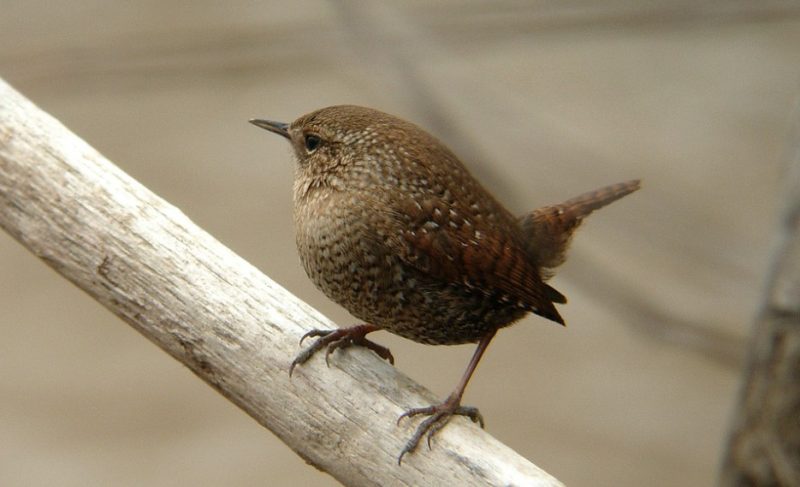
Identification and Appearance
Winter Wrens are tiny, compact birds, measuring about 3.5 to 4 inches in length, making them one of the smallest wrens in North America. Their plumage is a rich, dark brown with delicate, fine barring on the wings and tail, giving them subtle patterning that blends seamlessly into their forested habitats.
These wrens have rounded bodies and very short tails, which they often flick or cock upward while moving. A faint white stripe above each eye resembles an eyebrow, though it is subtle and can be difficult to spot in the wild. Their short, slender bill is well-suited for probing moss, leaf litter, and crevices for tiny insects and other invertebrates.
Habitat and Range in Colorado
Winter Wrens favor dense coniferous forests, particularly in Colorado’s mountainous regions. They are often found near streams, rocky slopes, or forested ravines where thick underbrush provides cover. This species is highly secretive, preferring shaded, densely vegetated areas that offer both protection from predators and abundant foraging opportunities.
Although less common in lowland areas, they occasionally inhabit shaded valleys with mixed trees, especially where water sources are nearby. Their reliance on dense forest habitats makes them more often heard than seen, adding to their elusive reputation.
Behavior and Song
Winter Wrens are shy and elusive, spending much of their time hidden within dense vegetation. They are highly active foragers, creeping along branches, moss-covered rocks, and the forest floor in search of insects, spiders, and other small invertebrates.
Their song is a rapid, complex series of trills, rattles, and warbles, often delivered in long, cascading phrases that echo through the forest. Because they are so secretive visually, birders usually identify them by their distinctive song rather than by sight. Males sing persistently during the breeding season to defend territory and attract mates.
Breeding and Nesting
Winter Wrens build dome-shaped nests that are well-concealed in moss, leaf litter, stumps, fallen logs, or rocky crevices. Females typically lay 5–7 eggs, which are incubated for about two weeks.
Both parents take part in feeding and caring for the hatchlings, which remain in the nest for around two weeks before fledging. The nests are carefully hidden to reduce the risk of predation, and these wrens are vigilant in defending their breeding sites.
Seasonal Patterns
Winter Wrens are migratory in Colorado. They usually arrive in the state during early spring, taking advantage of the increasing insect availability to breed.
As temperatures drop in the fall, they migrate south to warmer regions in the southern United States or Mexico. Their presence in Colorado peaks in spring and early summer, when their complex songs fill the forest and they are most active in foraging and nesting activities.
Marsh Wren (Cistothorus palustris)
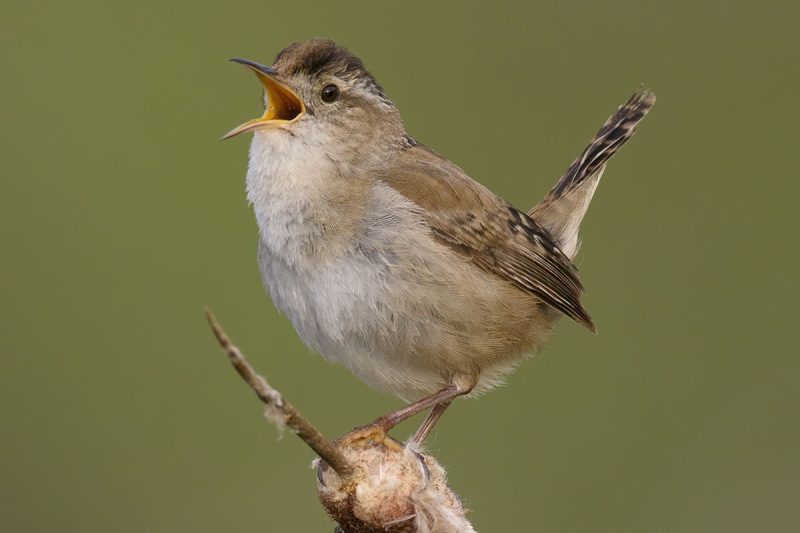
Identification and Appearance
Marsh Wrens are medium-sized birds, slightly larger than House Wrens, with a slender, agile build. Their back and wings are dark brown with noticeable streaks, while the underparts are a lighter, soft brown. One of their most distinctive features is the white eyebrow stripe above each eye, which contrasts sharply with their darker head.
Their long, narrow tail is often held upright and flicked frequently, a characteristic behavior that makes them easier to identify in the dense marsh vegetation. They have a thin, slightly curved bill, perfectly adapted for probing reeds and cattails for insects, spiders, and other small invertebrates.
Habitat and Range in Colorado
Marsh Wrens are closely associated with wetlands, including marshes, ponds, and reed beds, and are primarily found throughout eastern and central Colorado. They prefer areas densely populated with cattails or other emergent vegetation, which provide both food and cover.
These birds rarely venture far from their wetland habitats, as the thick vegetation not only offers protection from predators but also supports the insects they feed on. Observing them often requires patience, as they move quickly and remain partially hidden among the reeds.
Behavior and Song
Marsh Wrens are extremely vocal and active. Males frequently sing from the tops of reeds, delivering bubbly, gurgling, and repetitive song phrases that carry across the marsh. Their songs are used both to attract mates and to defend their territory.
These wrens are secretive while foraging, often moving rapidly through dense vegetation to find insects, larvae, and spiders. Despite their small size, they are bold and territorial, sometimes engaging in aggressive displays against intruding wrens.
Breeding and Nesting
Marsh Wrens are unique in their nesting behavior. Males often construct multiple “dummy” nests within their territory, which can confuse predators and rival males. The female selects one nest for laying eggs and lines it carefully with softer materials.
A typical clutch contains 4–7 eggs. Both parents participate in feeding the chicks, which fledge after approximately two weeks. Their nesting sites are well-concealed in reeds, providing safety from predators and flooding.
Seasonal Patterns
Marsh Wrens are migratory in Colorado, typically arriving in spring as wetland insect populations increase. Their numbers peak during the breeding season, from late spring through summer, when they are most vocal and active.
In autumn, they migrate southward to spend the winter in warmer areas of the southern United States or Mexico. These wrens are most easily observed at dawn and dusk when they are actively singing and foraging.
Bewick’s Wren (Thryomanes bewickii)
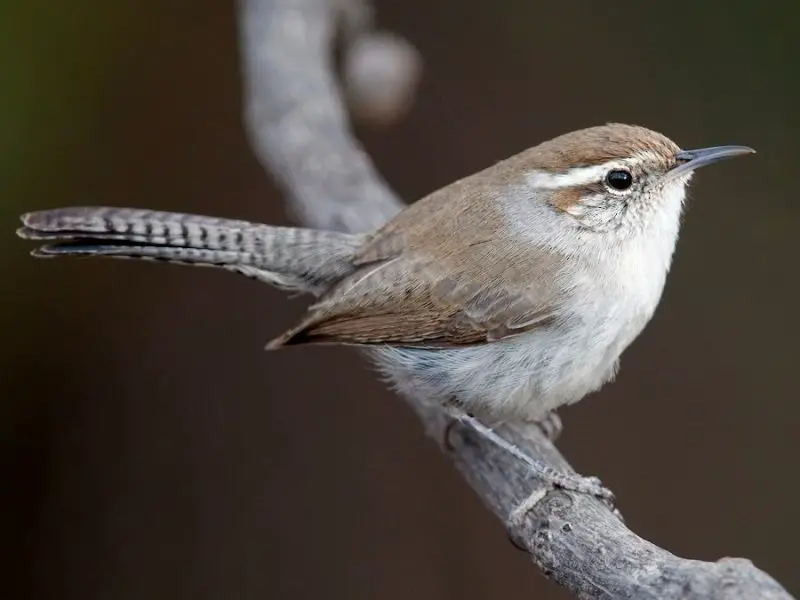
Identification and Appearance
Bewick’s Wrens are slender, medium-sized wrens, typically measuring 5–6 inches in length. They have grayish-brown upperparts with subtle streaking on the wings, while the underparts are a pale buff color. A prominent white eyebrow stripe runs from the bill toward the back of the head, providing a distinctive field mark.
Their long tail is often held upright or slightly cocked, adding to their alert, energetic appearance. The slender, slightly curved bill allows them to forage effectively among twigs, leaves, and crevices for insects and other invertebrates. Their overall posture is upright, giving them a somewhat stately appearance compared to other wrens.
Habitat and Range in Colorado
Bewick’s Wrens are commonly found in brushy fields, open woodlands, and suburban areas throughout southern and western Colorado. They prefer habitats with scattered shrubs, low trees, and thickets that provide both cover and abundant foraging opportunities.
These wrens are adaptable to human-altered landscapes and often nest near homes, fence lines, or abandoned structures. They avoid dense forests and wetlands, favoring more open, semi-arid, and scrubby environments.
Behavior and Song
Bewick’s Wrens are highly vocal and known for their rich, varied, and melodious song. Males sing from elevated perches such as shrubs, fence posts, or low trees to establish territory and attract mates. Their song includes a series of whistles, trills, and warbles, often repeated in long sequences.
Foraging behavior is active and energetic. These wrens move along low branches, shrubs, and ground litter, probing bark and foliage for insects, spiders, and small arthropods. They are territorial and can be aggressive toward other wrens that enter their area.
Breeding and Nesting
Bewick’s Wrens build nests in natural cavities, dense brush piles, or abandoned structures such as sheds or birdhouses. The female constructs a cup-shaped nest from twigs, grasses, and feathers. A typical clutch consists of 4–6 eggs, which the female incubates while the male may help feed the young.
Both parents care for the chicks, feeding them until fledging, which occurs roughly two weeks after hatching. Bewick’s Wrens are vigilant and defend their nesting sites vigorously against intruders and potential predators.
Seasonal Patterns
Bewick’s Wrens are mostly year-round residents in Colorado, though some populations may make short local movements during particularly cold winters. They are most active and noticeable in spring and early summer when singing, breeding, and foraging are at their peak.
Their territorial songs and visible foraging behavior during the breeding season make them relatively easy to observe compared to more secretive wren species.
Canyon Wren (Catherpes mexicanus)
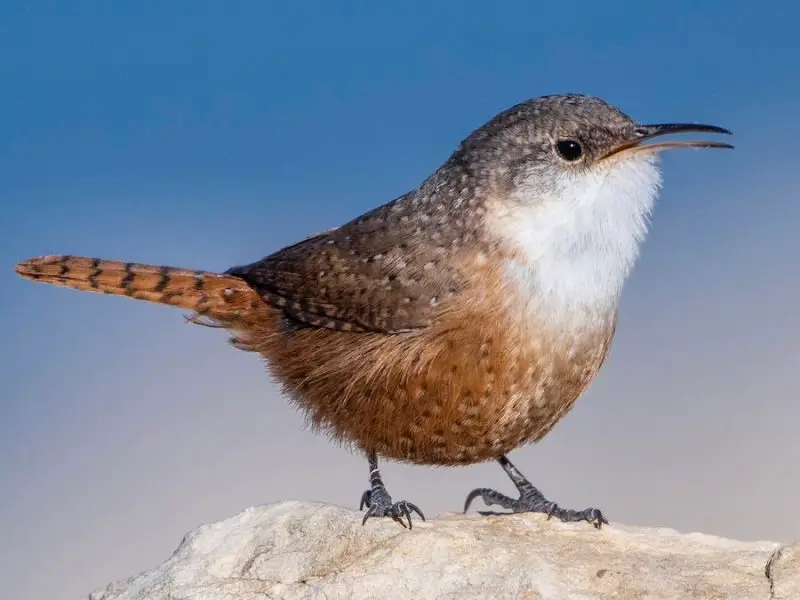
Identification and Appearance
Canyon Wrens are medium-sized birds, measuring about 5–6 inches in length, and are easily recognized by their striking coloration. Their underparts are a warm, rusty-orange, while the back and wings are grayish, providing a subtle contrast. They have a slender, slightly curved bill ideal for probing crevices in rocks and cliffs.
A notable feature is their long, narrow tail, which is often held slightly downward and helps with balance while climbing steep rock surfaces. Their compact body and strong legs make them excellent climbers, perfectly adapted to the rugged terrain they inhabit.
Habitat and Range in Colorado
Canyon Wrens are closely associated with rocky cliffs, canyons, and steep outcrops throughout western and southern Colorado. They rarely venture away from rocky terrain, as these areas provide both nesting opportunities and protection from predators.
They favor cliffs with deep crevices and ledges, often inhabiting canyons with sparse vegetation. Such habitats are not only safe from human disturbance but also rich in insects, their primary food source.
Behavior and Song
Canyon Wrens are agile and active, hopping and climbing along vertical rock faces while foraging for insects and spiders hidden in crevices. Despite their elusive appearance, they are highly vocal.
Their song is haunting and distinctive—a descending “whee-oo” series that echoes dramatically through canyons and rocky valleys. Birdwatchers often rely on these vocalizations rather than sighting the birds, as the Canyon Wren can remain well-hidden among rocks.
Breeding and Nesting
Canyon Wrens construct nests in rock crevices or on narrow ledges, using twigs, grass, and other plant materials. A typical clutch contains 4–6 eggs, and both parents participate in feeding and caring for the young.
Nesting sites are carefully chosen for concealment, providing protection from predators and harsh weather. The parents remain vigilant, defending their territory and chicks from intruders or potential threats.
Seasonal Patterns
Canyon Wrens are primarily year-round residents in Colorado, though some populations may move slightly to lower elevations during winter months.
Their distinctive, echoing calls make them easier to locate than their visual presence might suggest, especially during early morning or late afternoon when they are most active. Canyon Wrens are a remarkable example of a bird highly specialized for life in rocky, arid habitats.
FAQs About Wrens in Colorado
What types of wrens can be found in Colorado?
Colorado hosts several wren species, including House Wren (Troglodytes aedon), Winter Wren (Troglodytes hiemalis), Marsh Wren (Cistothorus palustris), Bewick’s Wren (Thryomanes bewickii), and Canyon Wren (Catherpes mexicanus). Each species occupies distinct habitats, from wetlands and forests to rocky cliffs and suburban areas.
How can I identify different wrens in Colorado?
Wrens are identified by a combination of size, plumage color, tail posture, and distinctive markings like eyebrow stripes. Songs are also a key identifier: House Wrens have bubbly trills, Winter Wrens produce rapid warbles, Marsh Wrens sing gurgling melodies, Bewick’s Wrens have varied melodious tunes, and Canyon Wrens emit haunting descending calls.
Where is the best place to observe wrens in Colorado?
The best locations depend on the species. Marsh Wrens are found in wetlands and cattail marshes, Winter Wrens in dense mountain forests, House and Bewick’s Wrens in gardens, brushy fields, and suburban areas, while Canyon Wrens prefer rocky cliffs and canyons in western and southern Colorado.
When is the best time to see wrens in Colorado?
Spring and early summer are the peak seasons for most wrens in Colorado, coinciding with their breeding and nesting periods. Dawn and dusk are generally the most active times, when wrens sing and forage actively. Migratory species, such as House and Marsh Wrens, may arrive in spring and leave by late summer or early fall.
Do wrens migrate in Colorado?
Some wrens, like House Wrens, Marsh Wrens, and Winter Wrens, migrate south during the winter months. Bewick’s Wrens are mostly year-round residents, with only minor local movements in cold weather. Canyon Wrens are generally permanent residents but may move to lower elevations during harsh winters.
What do wrens eat in Colorado?
Wrens primarily feed on insects, spiders, and other small invertebrates. They actively forage among shrubs, trees, and reeds, using their slender bills to extract prey from crevices. Some species may occasionally consume seeds or small berries, but their diet is predominantly insectivorous.
How do wrens build their nests?
Most wrens are cavity or reed nesters. House and Bewick’s Wrens use tree cavities, birdhouses, or brush piles, while Marsh Wrens build multiple nests in reeds, often leaving decoy nests. Canyon Wrens nest in rock crevices, and Winter Wrens create dome-shaped nests hidden in moss, leaf litter, or stumps. Both parents typically help feed the chicks.

